Pull up a Seat 2024: Week 17
The next ride in the pull up a seat carnival sequence.
How modern, electric and driverless
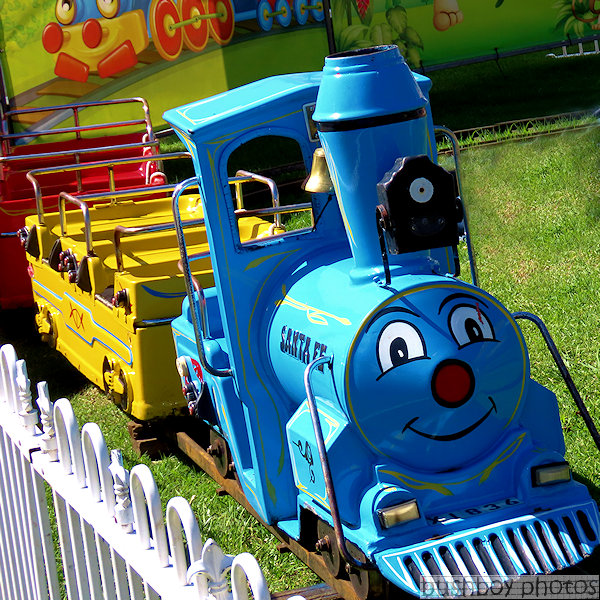
Don’t want to end up on a Train to Nowhere
CMMC April Alphabet: a CK or CH in a word
Rock

Truck

Vintage Chainsaws
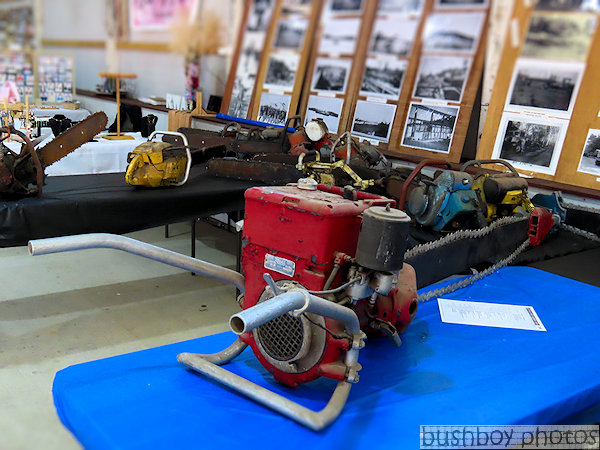
Lichen Fruticose
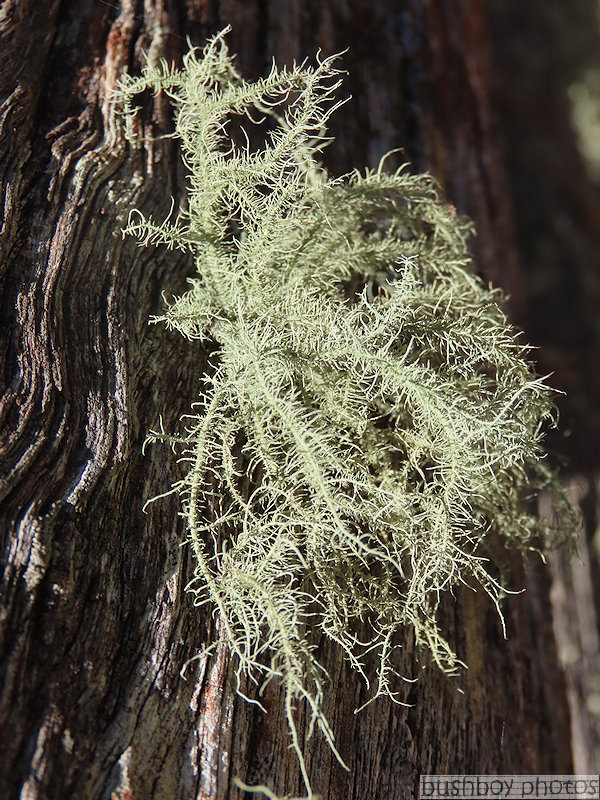
Chicken

Pink-eared Duck

Chain
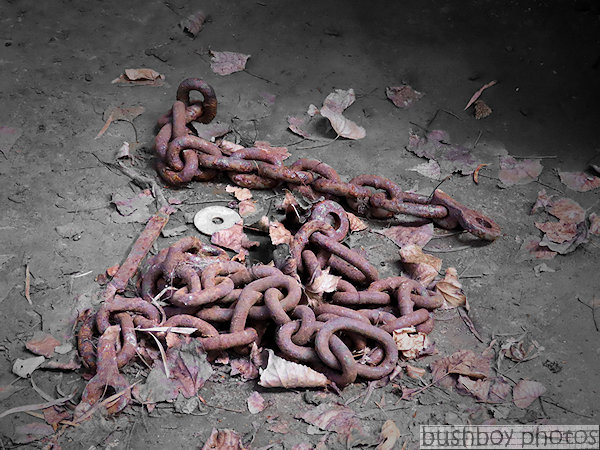
Dan’s Thursday Doors
I call this a dwelling. It seems as though someone resides in there. The green awning is rather flash, as is the one over the front door. Don’t think I would live that close to high voltage power lines.

Another cute awning to attract attention but wait, count the doors on this side

It’s a Country House
CFFC: Things that are Rough
A piece of sandstone carved to fit roughly one hundred and fifty years ago.

The feel of a hessian coffee bean bag
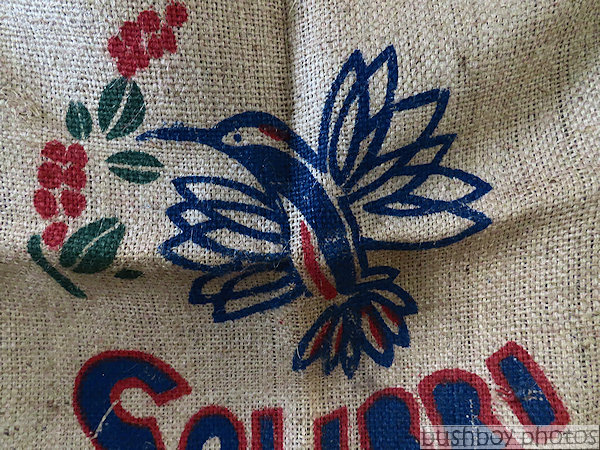
Who would have though that one day I would find and use a photo of a bone on a wooden bridge with a rusty nut and washer. If you found that, wouldn’t you take a photo?

The old water tank. Used to be smooth galvanised tin

Your tyres are on the way
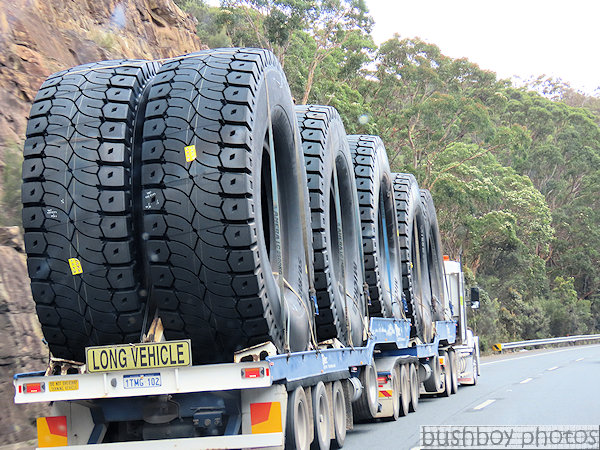
Some days are Rough and Rowdy Days
When upside down is inside out
You know you need some help
Words of Wisdom: Y24 #4
The Show was just in town
“Are you in the habit of taking tea with anyone who approaches you in a foreign port?” He went on and snorted carelessly. “No wonder you were abducted so easily.”
― V.S. Carnes

There’s a bit of the Urban Spaceman in us all
RDP Wednesday: Dreamcatcher
There
can you see him
Full Moon is best
Look
wings, see them
Flying
over my home
dreams are caught
dreams sprinkle down
my dreams
are your dreams
Look there;
dreams, stars, a moon
moonbeams sending
my love
to you
Dreamcatcher
fly on;
fly on
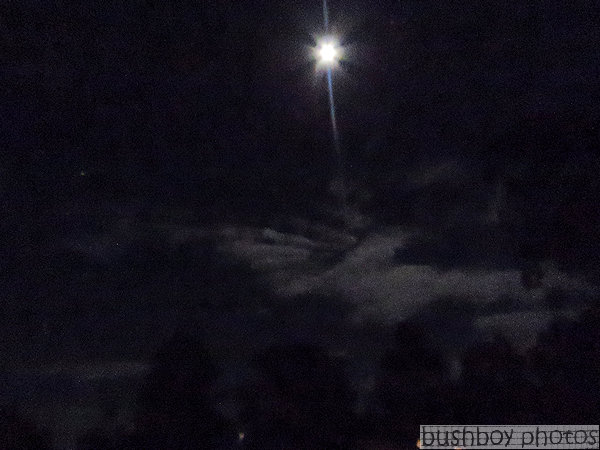
There’s always Dreams of You – Van Morrison
Birds of the Week: Invitation LXI
Striated Pardalote’s Pardalotus striatus are here. Not sure if it is a stop over or to check out their nest site. Breeding season is June to January

The Striated Pardalote is found throughout most of Australia, being absent only from the most arid areas. Like other species of pardalotes, it is found only in Australia.

Striated Pardalotes feed in the foliage in the tops of trees, although occasionally coming close to the ground in low shrubs. They eat a wide variety of insects and their larvae, which are usually captured by picking them from the surfaces of leaves. Feeding takes place in small groups and birds maintain contact with soft trills.
This is their repetitive call
REF: http://www.graemechapman.com.au/index.php

During breeding season, Striated Pardalotes form pairs or small groups of up to six birds. The nest is constructed close to the ground, usually in a tree hollow or tunnel, excavated in an earthen bank; small openings in human-made objects are frequently used.
I have a small area near the house which was dug out years ago. The Pardalotes nest in the side of the bank.

Both sexes incubate and care for the young birds. Other members of the group may also help with the feeding of the young.
REF: https://australian.museum/learn/animals/birds/striated-pardalote/
Just another WordPress.com site
ich zeige euch meine stadt wie ich sie sehe
Strolling around SE Michigan & sending joy in the journey.
Joyful moments... Playful insights... Beautiful gems... & Starry Steps Prints
Exploring my Thoughts. Finding Myself. Searching for More.
A photographic journey.
WordPress & Blogging tips, flash fiction, photography and lots more!
Careening through life and learning stuff
Inspired by Good Food
Playful or dreamy insights & beautiful gems... by Nicole Sara
Simply Photography
Nature, history, & culture in Bend & beyond
Tripping the world, slowly
Travel to Live, Live to Travel
To See a World in a Grain of Sand...
Roaming, at home and abroad
the world as seen by different artists
...out of a digital shoebox
4TheRecord is dedicated primarily to Ausmusic from all eras and most genres, we will explore the dynamics of the creative process, and reveal the great drama, lyricism, musicality, and emotion behind each classic song.